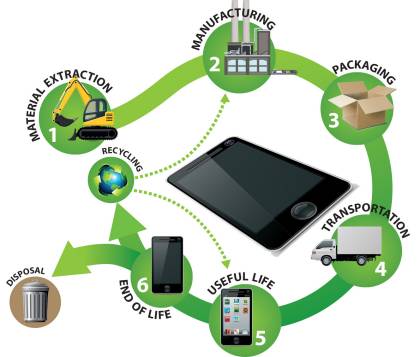
Debt is a ubiquitous aspect of modern financial landscapes, touching the lives of individuals, businesses, and even nations. While it can be a valuable tool for achieving goals and managing cash flow, debt can also become a burden if not handled wisely. This article aims to explore the various facets of debt, from its types and causes to strategies for effective management and eventual liberation.
Types of Debt:
Debt comes in various forms, each serving different purposes and accompanied by distinct implications. Common types of debt include:
- Consumer Debt: This category encompasses debts incurred by individuals for personal consumption, such as credit card balances, drp personal loans, and installment plans.
- Mortgage Debt: Many individuals and families take on mortgage debt to finance the purchase of a home. While this is a substantial long-term commitment, it is often considered a sound investment.
- Student Loans: Education-related debts are prevalent, with students often taking out loans to fund their academic pursuits. Managing student loan debt can be a challenge for recent graduates entering the workforce.
- Business Debt: Companies may leverage debt to fund expansion, research, and other operational needs. Business debt is often a calculated risk, but mismanagement can lead to financial instability.
Causes of Debt:
Understanding the root causes of debt is crucial for developing effective strategies to manage and overcome financial challenges. Some common causes include:
- Unforeseen Expenses: Medical emergencies, car repairs, and other unexpected expenses can force individuals into debt if they lack sufficient savings.
- Job Loss or Income Reduction: Sudden job loss or a significant reduction in income can disrupt financial stability, leading individuals to rely on credit to cover essential expenses.
- Poor Financial Planning: Inadequate budgeting and financial planning can contribute to accumulating debt, as individuals may overspend without a clear understanding of their financial capabilities.
- High-Interest Rates: Accumulating debt with high-interest rates can quickly spiral out of control, making it challenging for borrowers to repay the principal amount.
Debt Management Strategies:
- Budgeting: Creating and sticking to a realistic budget is the foundation of effective debt management. Understanding income, expenses, and setting priorities can help individuals allocate funds wisely.
- Emergency Fund: Building an emergency fund provides a financial safety net for unexpected expenses, reducing the need to rely on credit cards or loans in times of crisis.
- Consolidation: For those with multiple debts, consolidation can simplify repayment by combining them into a single, more manageable loan with a potentially lower interest rate.
- Negotiation with Creditors: Communicating with creditors can lead to negotiated repayment plans, lower interest rates, or even debt settlement arrangements, providing relief to those struggling with repayment.
Overcoming Debt:
- Debt Snowball Method: This strategy involves paying off the smallest debts first, gaining momentum and motivation to tackle larger ones gradually.
- Debt Avalanche Method: Focusing on debts with the highest interest rates first can save money in the long run, even if they are not the largest debts.
- Financial Counseling: Seeking guidance from financial counselors or debt relief agencies can provide personalized advice and strategies to overcome debt.
Conclusion:
While debt is a common aspect of modern life, it is essential to approach it with caution and a strategic mindset. Understanding the types and causes of debt, coupled with effective management strategies, can empower individuals and businesses to overcome financial challenges and achieve long-term financial stability.



